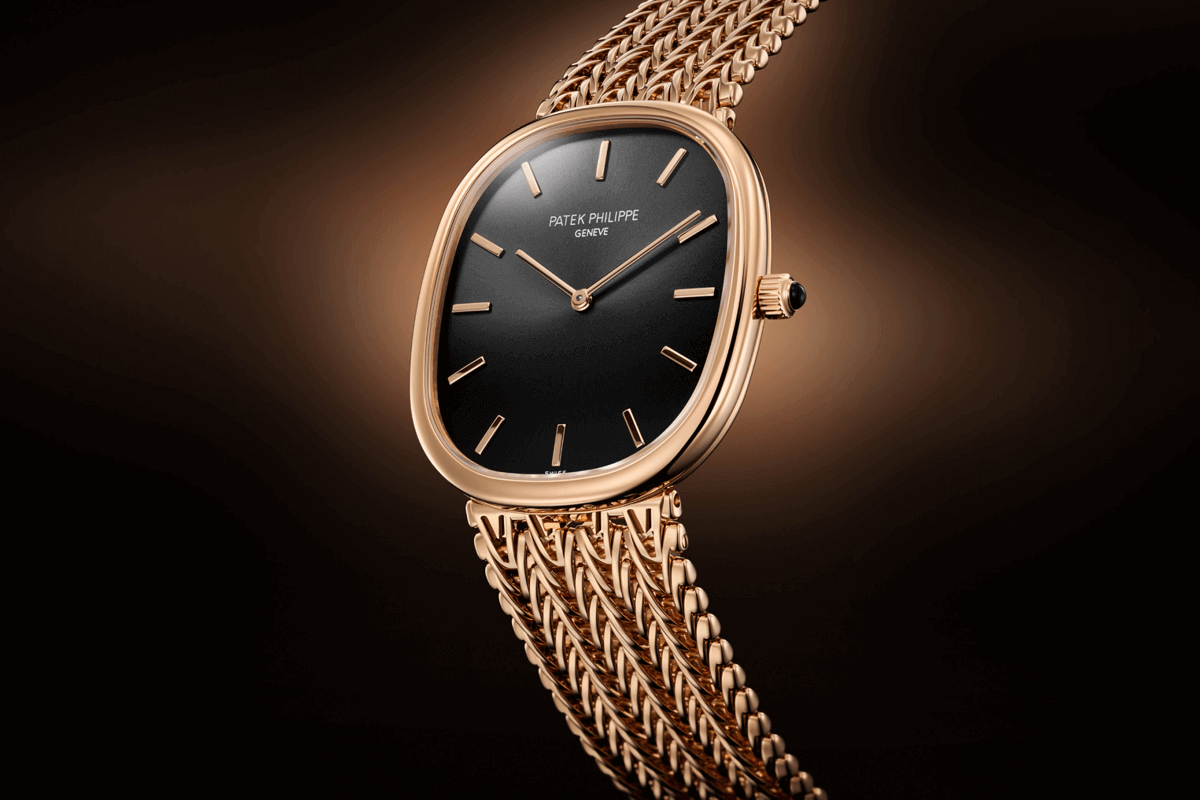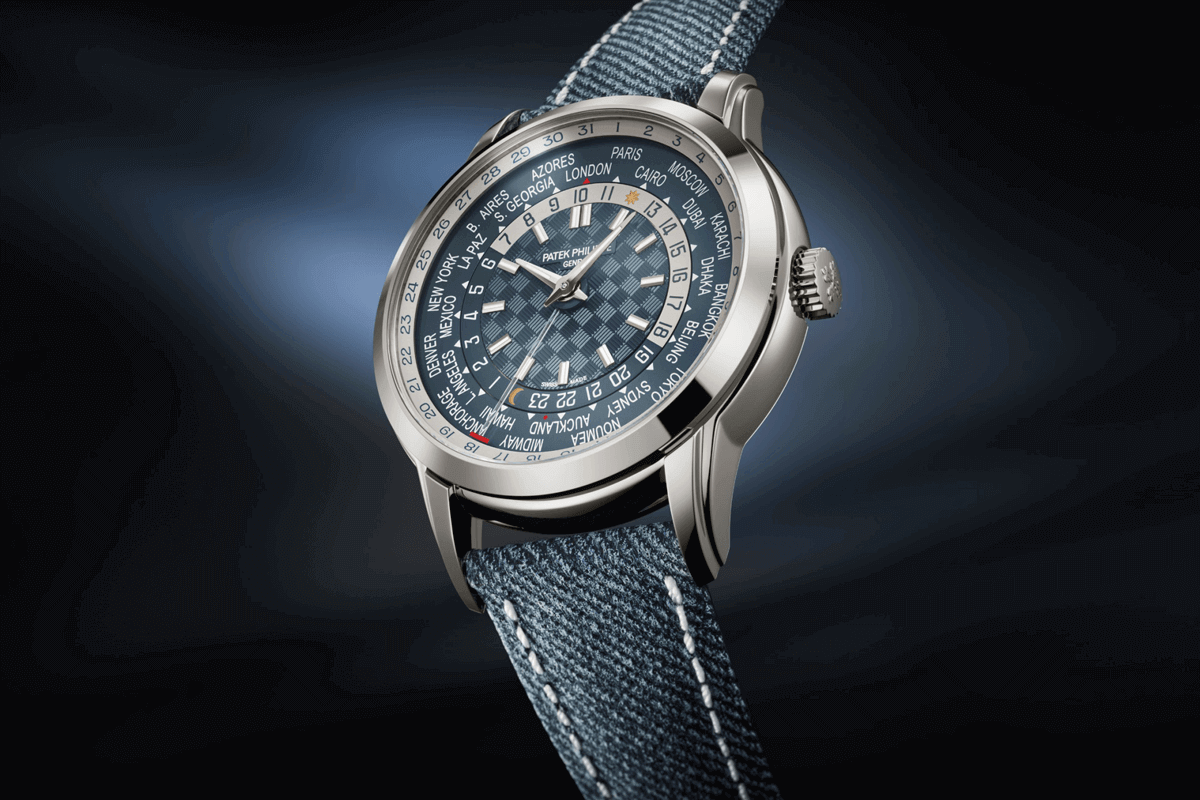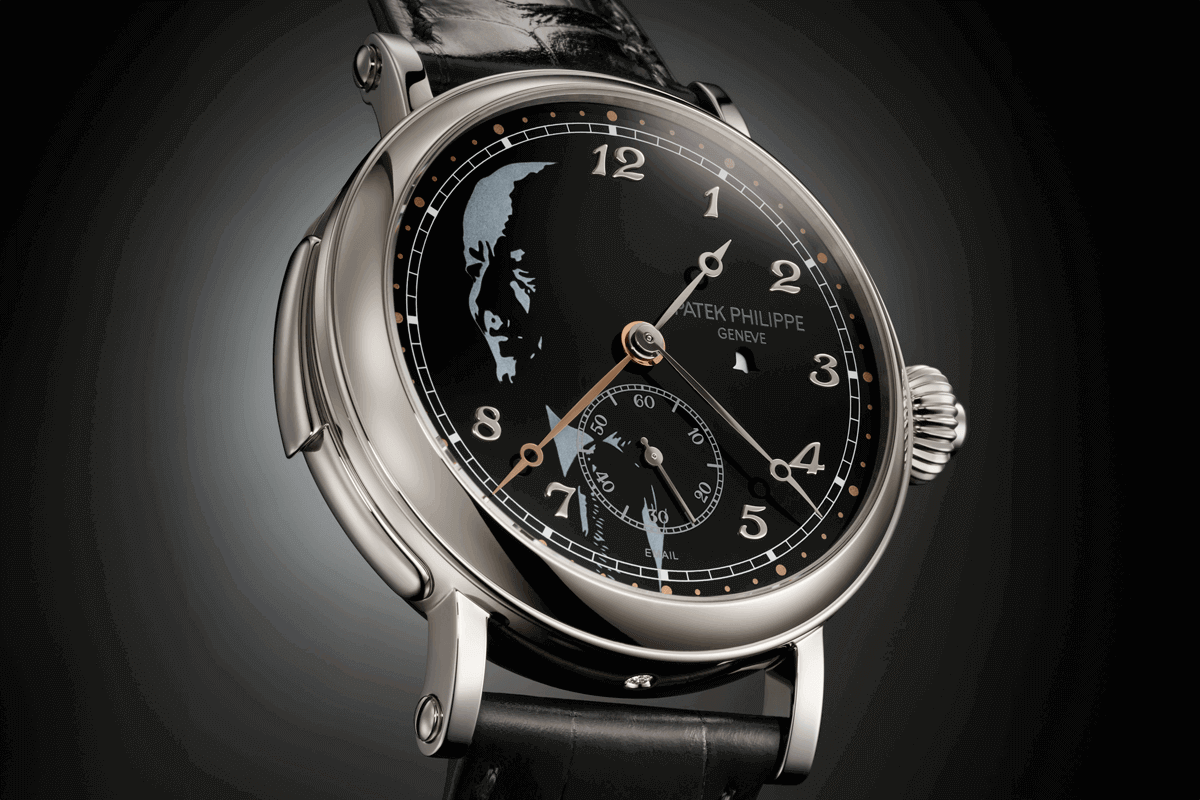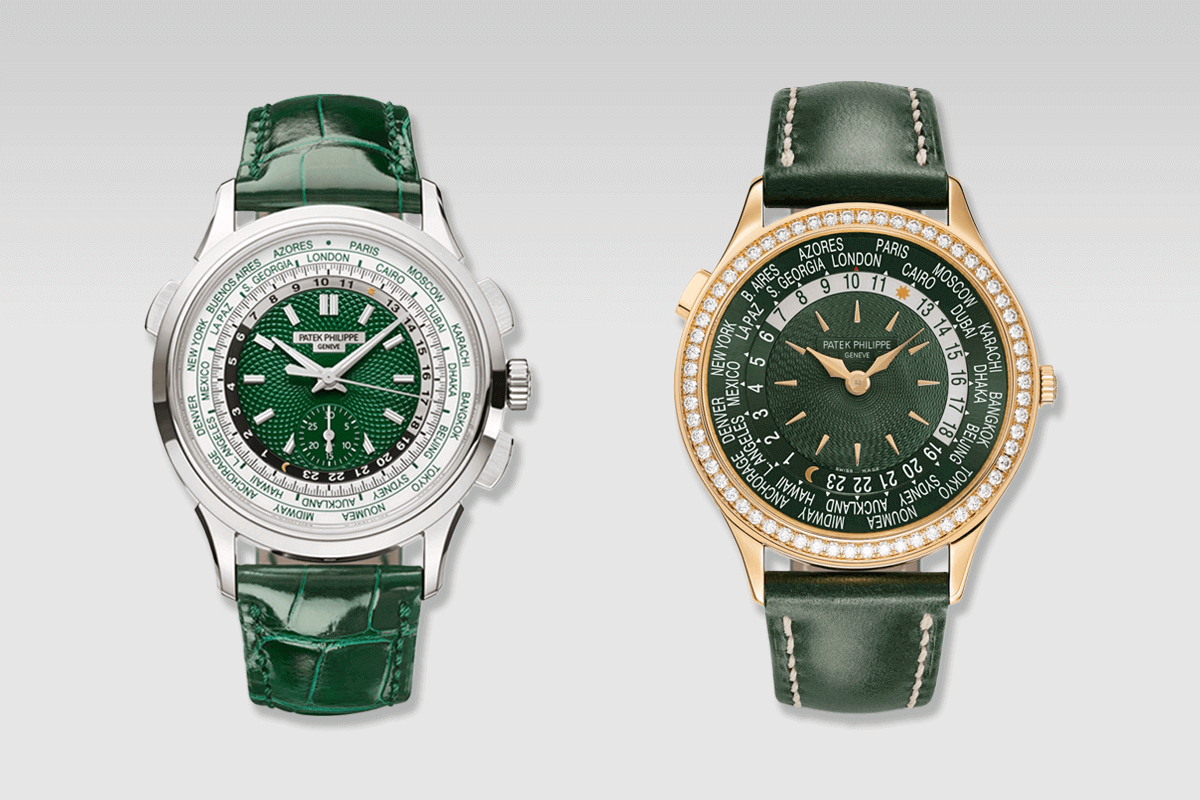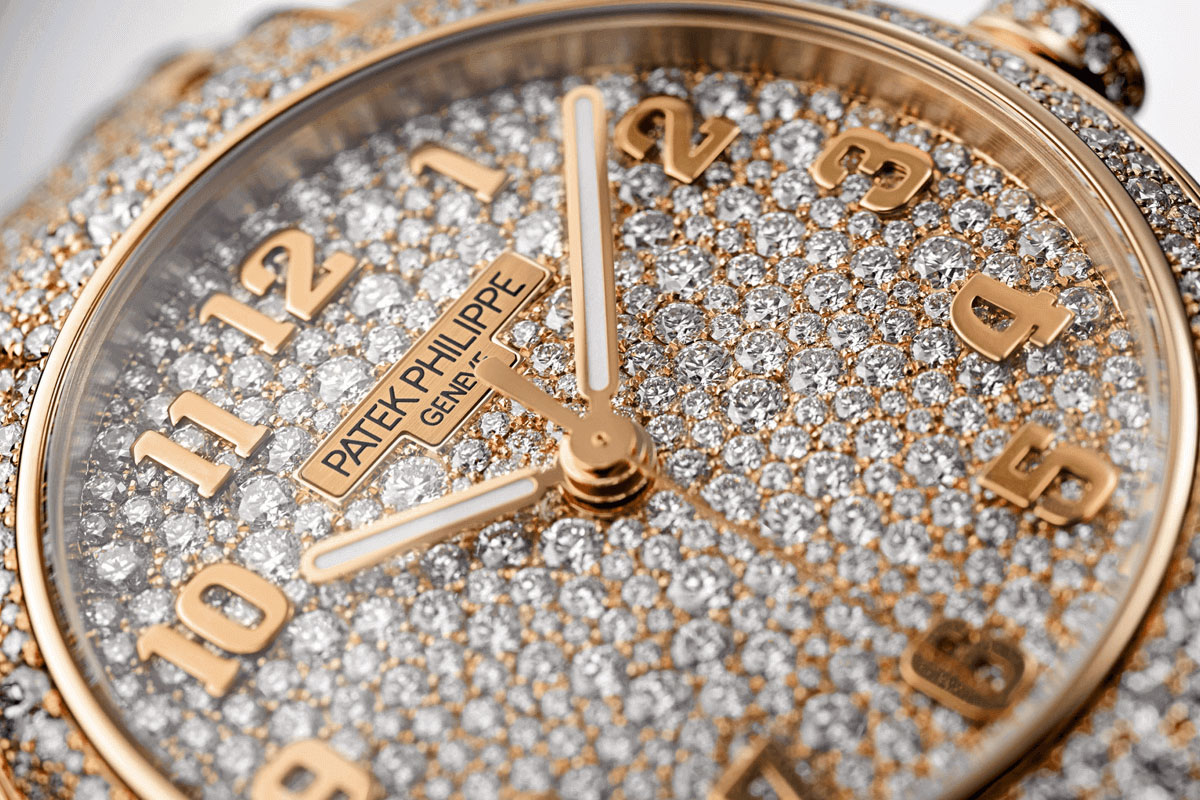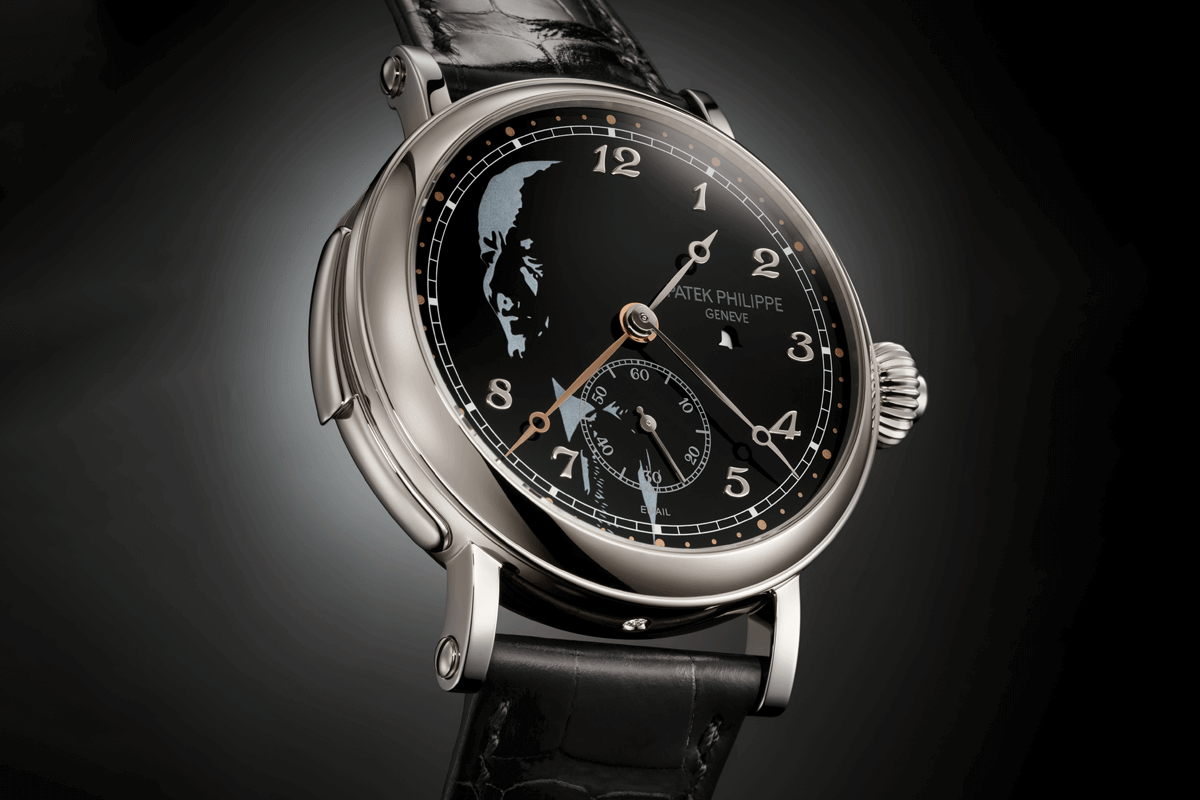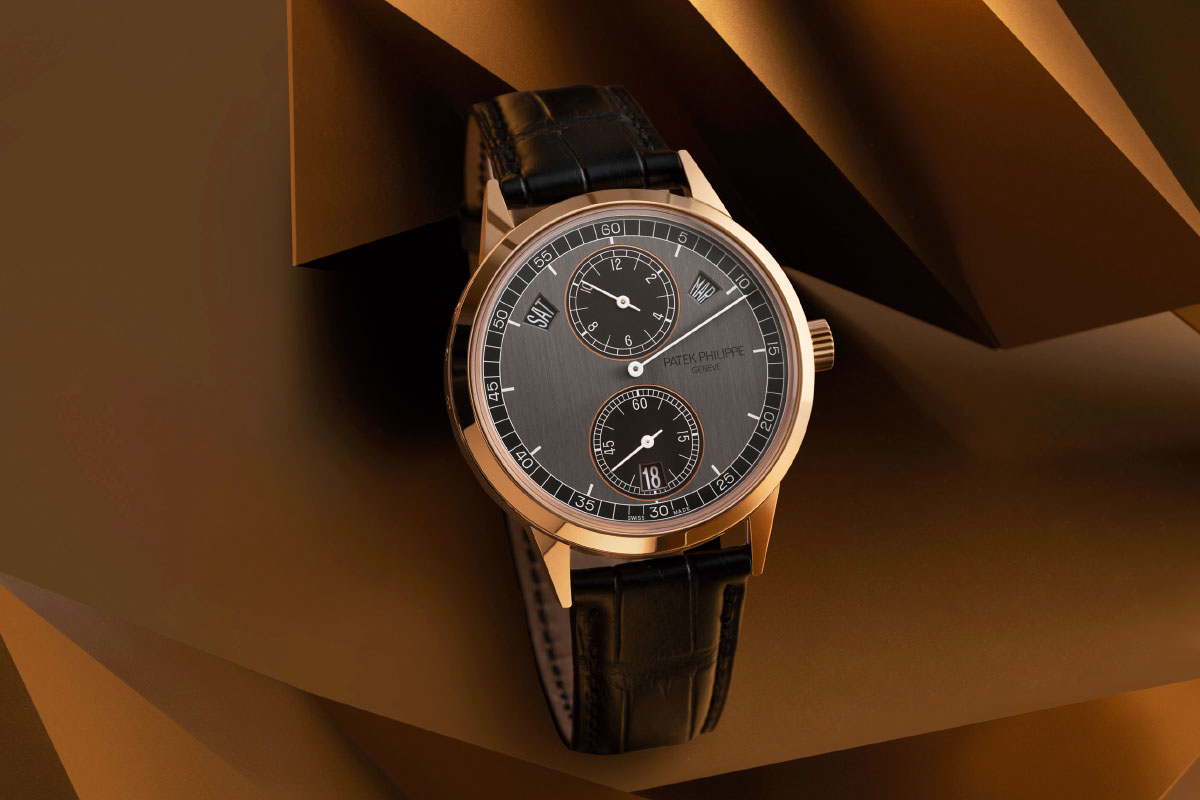
In this two-part series, we take a look at the various types of calendar complications of Patek Philippe, beginning with the simple date function and the landmark annual calendar.
Calendars – an extension of the clock – were born of the desire to assign significance to larger passages of time, notably of years, which helped mankind regulate his existence and put his past, present, and future into context. The development of the calendar was essential for social order and the common affairs of life, aiding agriculture, hunting and migration, as well as the observing of religious festivals and civil events.
However, because astronomical cycles do not comprise an integral number of days, the calendar saw frequent changes and tweaks until Pope Gregory XIII decreed the introduction of the Gregorian calendar in 1582. His reform reduced the margin of error under the Julian calendar by omitting a leap year three times in the course of every 400 years, with an average year comprising 365.2425 days instead of 365.25 days. Since then, century years are only leap years if they are divisible by 400. Today, this is the dominant system for collectively experiencing time.

Pope Gregory XIII
While calendar mechanisms developed for astronomical clocks came into existence as early as the 15th century, the first portable perpetual calendar timekeeper was made in 1762 by English horologist Thomas Mudge (1715-1794) in the form of a pocket watch.
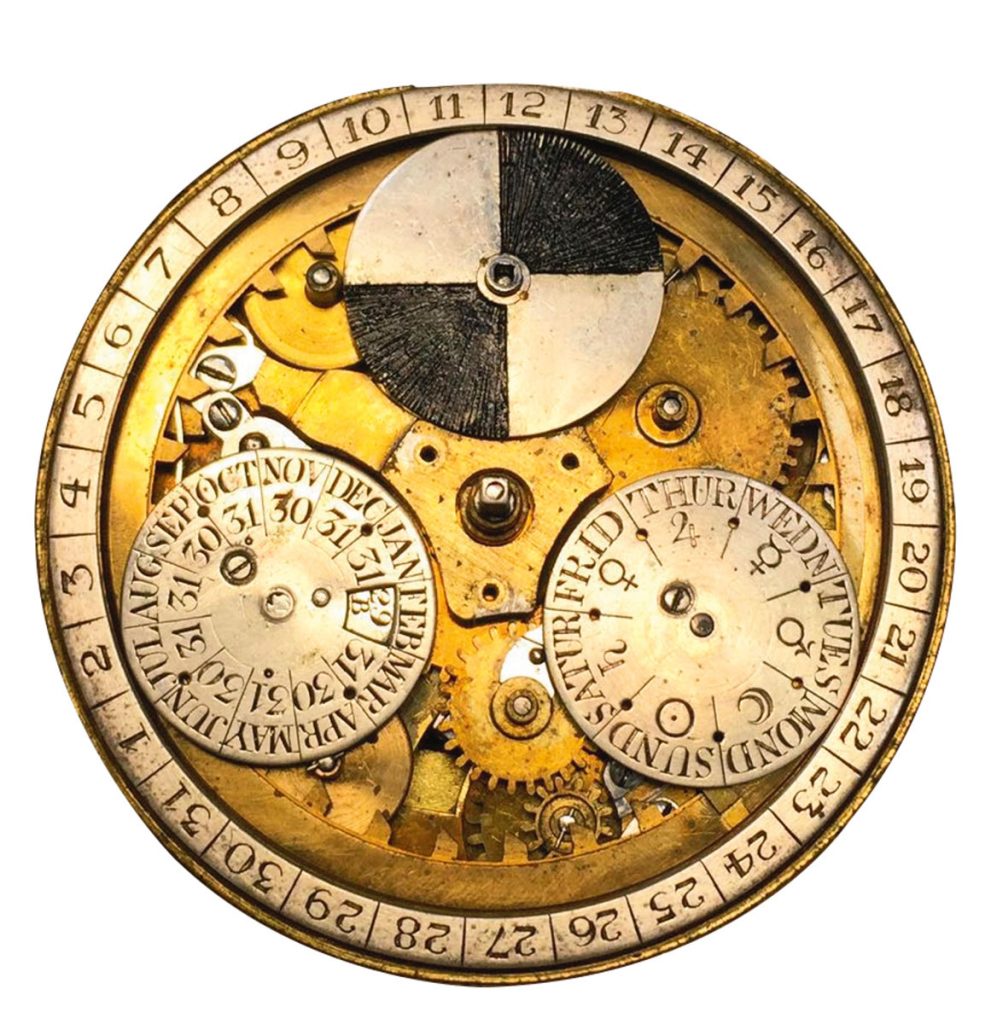
The movement as seen under the dial of Thomas Mudge’s pocket watch, the first known perpetual calendar watch in the world.
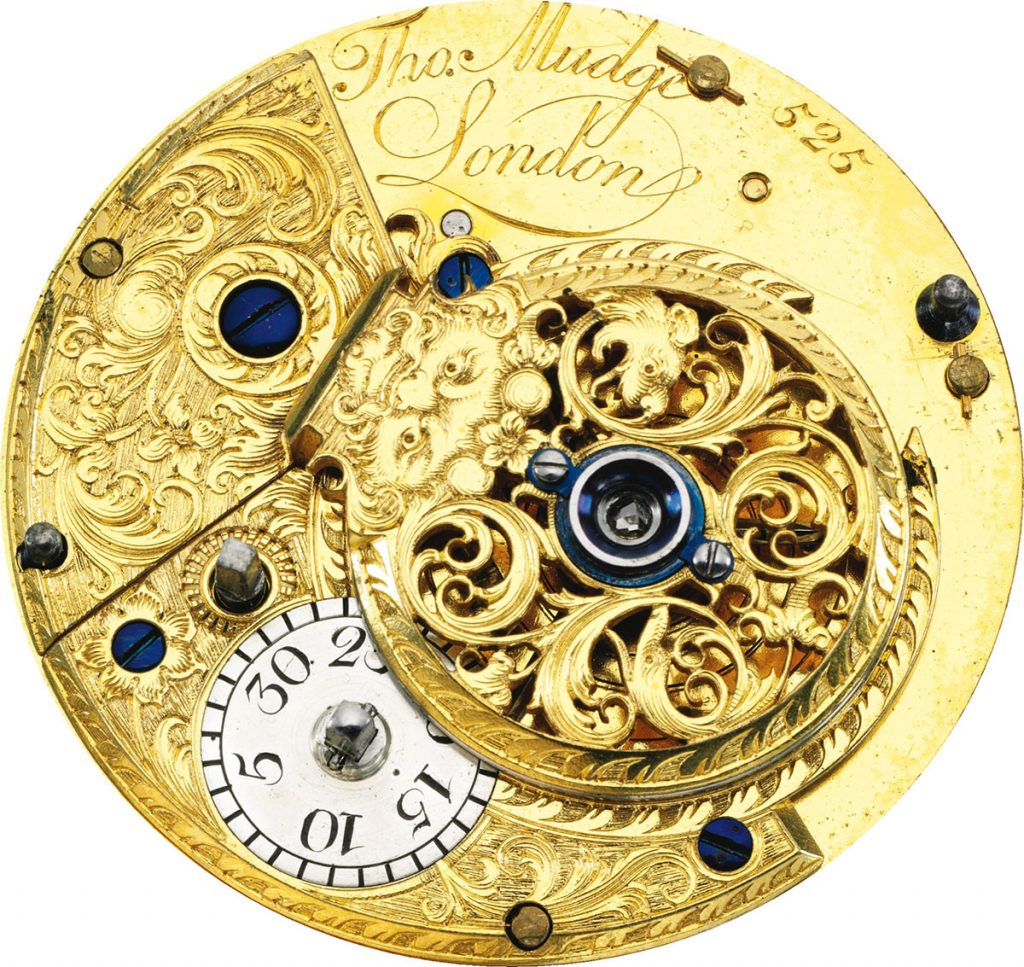
The florid engravings on the back of the movement.
However, from then onwards, it was Patek Philippe that led the development of perpetual calendars in pocket watches as well as wristwatches. One of the earliest perpetual calendars made by the manufacture was a pocket watch from 1864. It was fitted with an enamel dial and incorporated a retrograde date, day and month displays in Spanish as well as moon phases.
Patek Philippe was also the first to file a patent for a perpetual calendar mechanism in 1889. It subsequently created the first perpetual calendar wristwatch in 1925 using a movement made for a ladies’ pendant watch in 1898. In the 1930s, Patek Philippe began producing one-offs regularly, with serial production beginning in 1941 with the Ref. 1526.
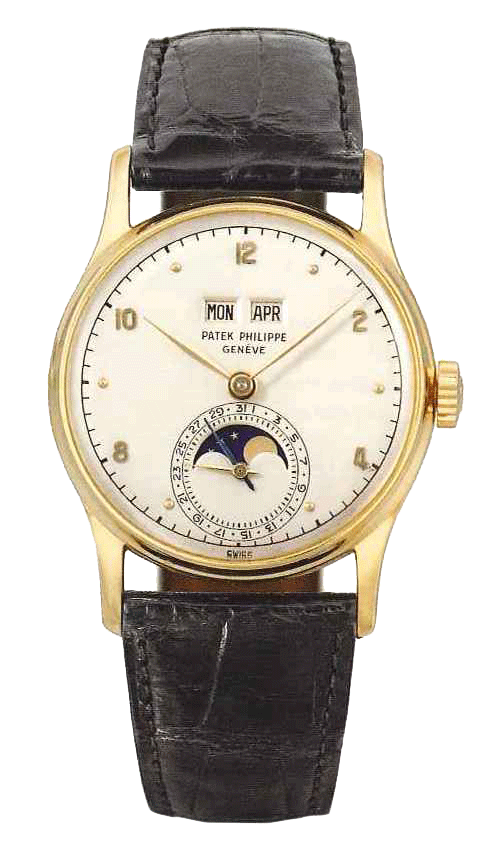
The Ref. 1526, the first serially produced perpetual calendar.
The brand’s reputation as one of the greatest watch manufacturers in the world has been cemented by its uninterrupted production of perpetual calendars ever since, with many outstanding accomplishments along the way.
Most notably, Patek Philippe became one of the few watchmakers to create a secular perpetual calendar when it produced a unique pocket watch for American industrialist, Seth Atwood in 1972. A secular perpetual calendar is a more precise calendar mechanism that ironed out the quirks of a regular perpetual calendar, taking into account non-leap years that occur every century. Later, this complication was further accompanied by the date-of-Easter complication in the Caliber 89, created to mark the brand’s 150th anniversary in 1989. Till today, it is impossible to overstate the rarity and complexity of these complications.
Presently, Patek Philippe’s calendar watches range from a simple date-only function to the more complex annual and perpetual calendars. Without a doubt, the numerous ways of recording and displaying the calendar has offered plenty of scope for collecting. We take a look at the various types of calendar complications and the ins and outs of each mechanism.
Simple Calendars
The solo date indication with a circumferential 31-day date disc displayed through an aperture on the dial is a rather modern phenomenon and has become a commonplace feature on mechanical movements today. It only displays the date. Hence, it will require manual correction five times a year for months with fewer than 31 days – February, April, June, September, and November.
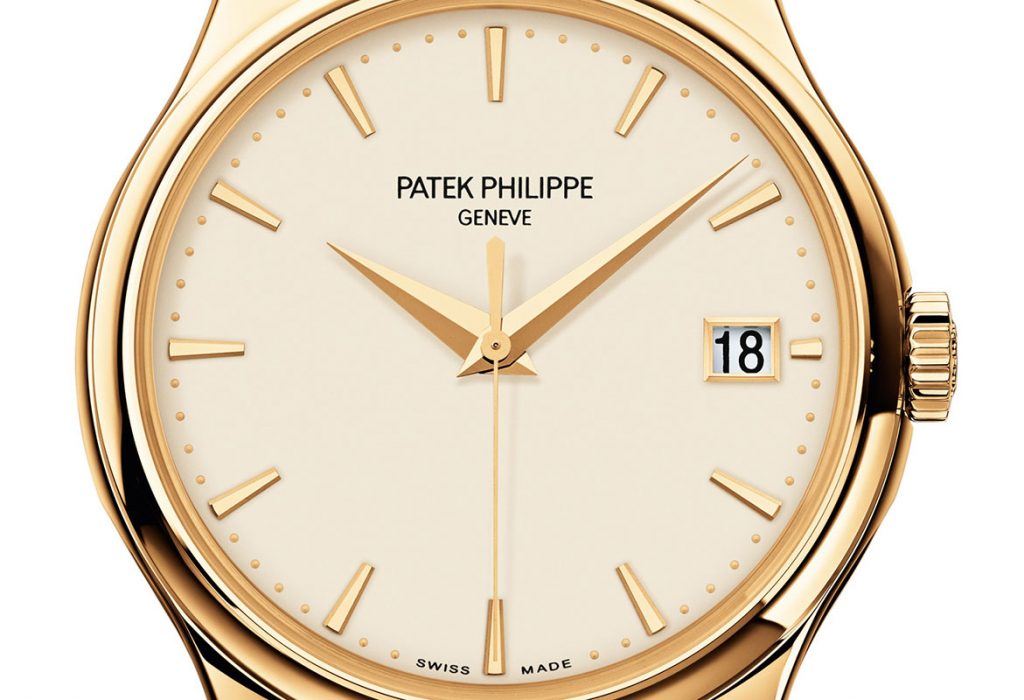
The Calatrava Ref. 5227J with a date aperture at three o’clock.
One notable example of a model with a date indication is the Ref. 6000G – one of the most distinctive modern . The date is indicated with a centrally mounted hand in addition to the main hour and minutes hand.
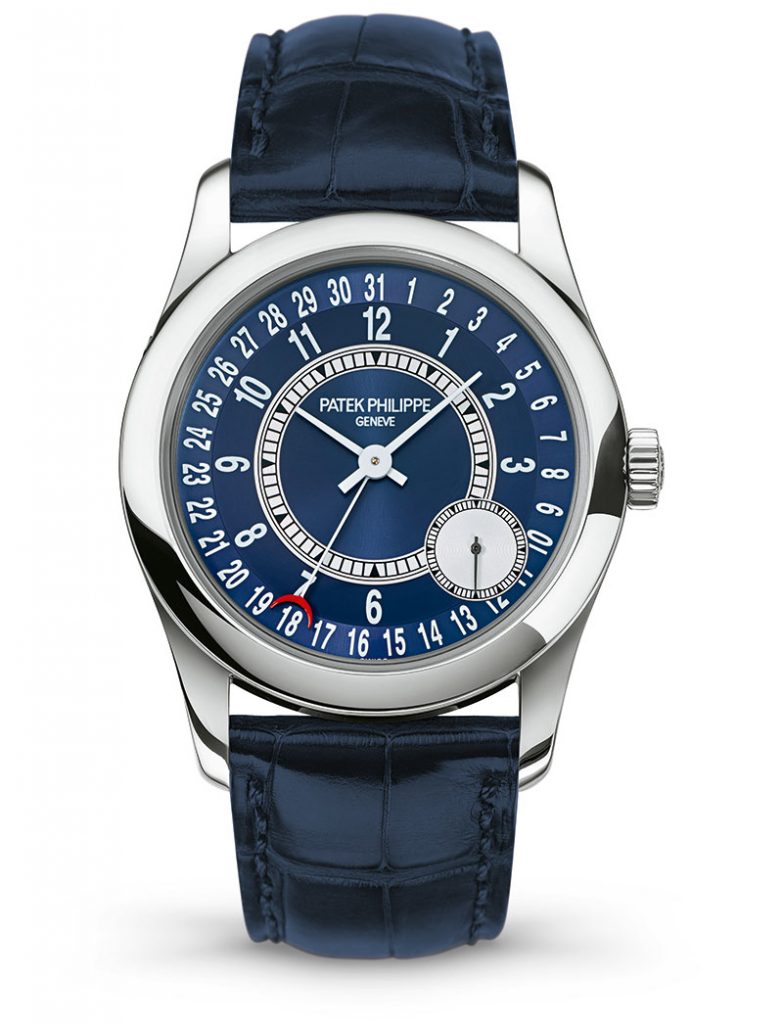
The Ref. 6000G with a pointer date.
Displaying the day of the week in addition to the date is the double calendar such as the Gondolo Ref. 5200G. It shows the day of the week in an aperture while the date is indicated by a pointer in a sub-dial.
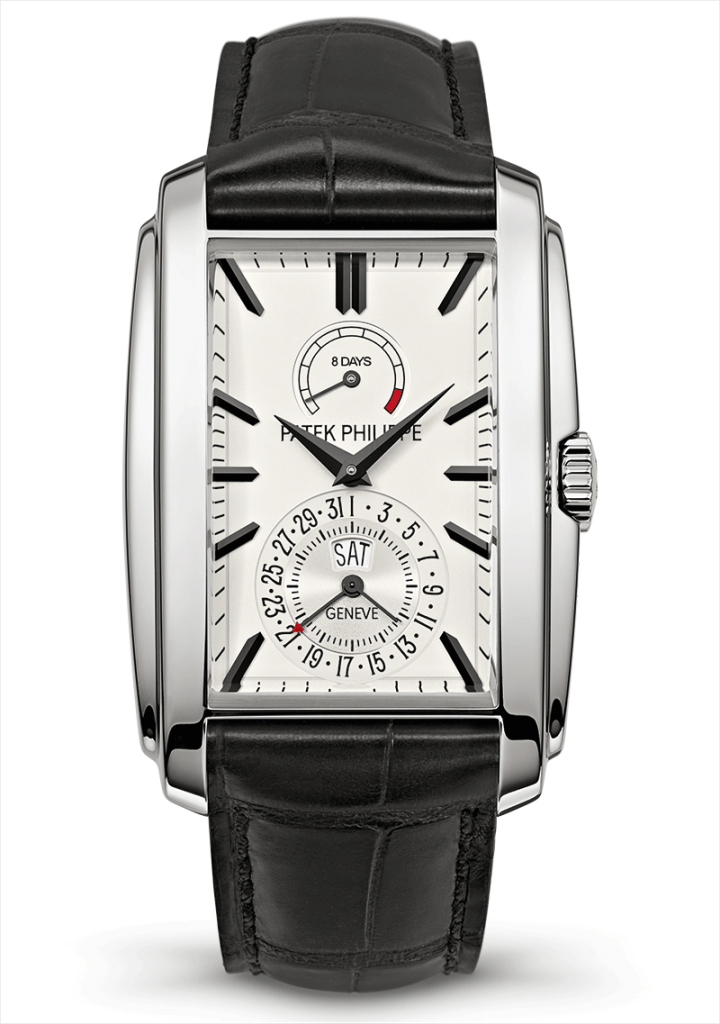
The Ref. 5200G with the day aperture and date displayed in a sub-dial.
Further up the hierarchy is the triple calendar, which has experienced a resurgence in watchmaking in recent years. It has a more sophisticated display with the addition of the month but requires the same frequency of adjustment as the single and double calendars.
However, it bears remembering that Patek Philippe had mastered the perpetual calendar right out the gate. Thus, apart from the Calatrava Weekly Calendar Ref. 5212A which has a total of four calendar indications, the brand has never produced a regular triple calendar – a complication that was common among its peers in the 1940s and 1950s.
Annual Calendar
An annual calendar ranks between a triple calendar and a perpetual calendar in terms of complexity. It can account for months with 30 days and 31 days, but not for February, which has either 28 days in a standard year or 29 days in a leap year. Therefore, at the end of February every year, the wearer has to manually adjust the calendar.
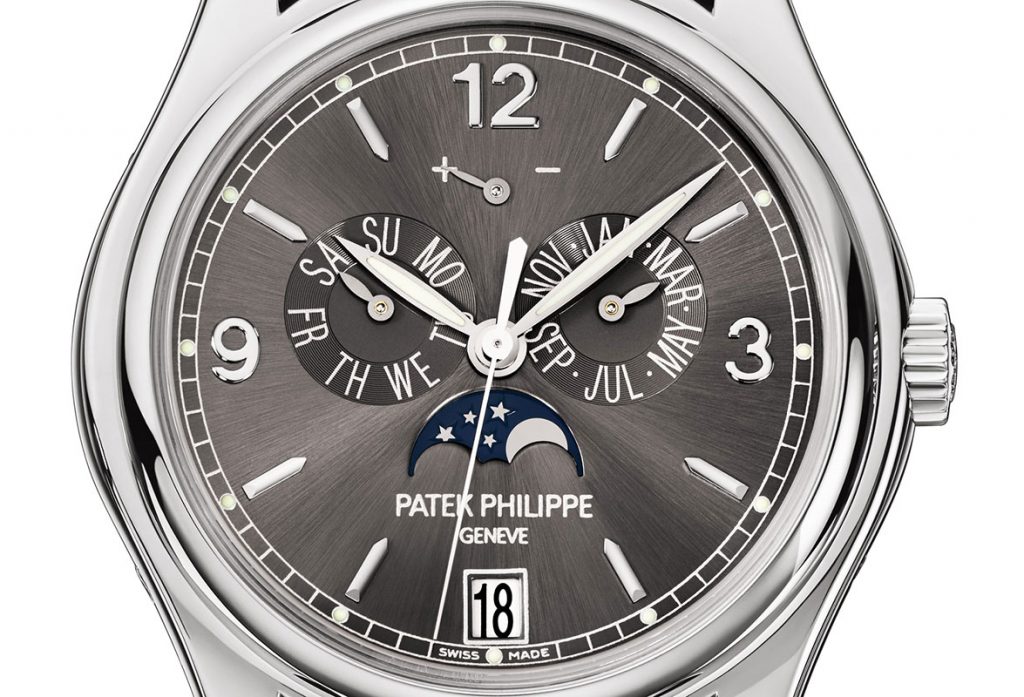
The Ref. 5146G with the day and month displayed in sub-dials along with a date aperture at six o’clock and a power reserve indicator at 12 o’clock.
In 1996, Patek Philippe launched the world’s first annual calendar with the Ref. 5035, which was followed by the Ref. 5146 in 2005. Patek’s annual calendar mechanism was a tremendous feat in its day not just for its novelty, but also its construction as it marked a departure from the complex, three-dimensional architecture, characterised by large levers and rockers. Because it was conceived to be the more affordable alternative to the perpetual calendar, Patek Philippe’s annual calendar module is made up of gears and pinions, making it highly robust and reliable.
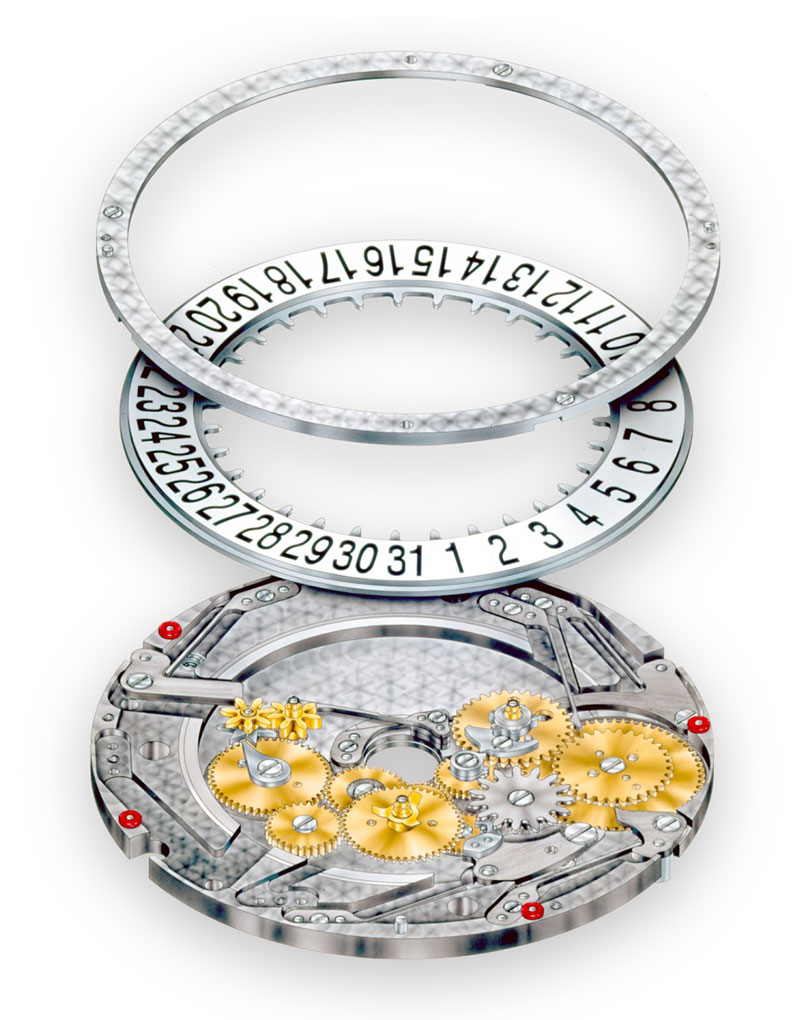
The patented annual calendar mechanism with a gear-based construction.
At its core, the annual calendar mechanism is made up of interconnected pieces where the gears for the hours, days, and months trigger one another in series. A 24-hour wheel drives a 31-tooth date wheel, which in turn drives a 12-tooth month star wheel, ensuring that the month advances automatically. But in contrast to a triple calendar, it incorporates a calendar program wheel that facilitates the additional switching for months with 30 days – April, June, September, and November. Thus, the mechanism only requires adjustment at the end of February.
Surprisingly, however, the annual calendar has a higher part count than a standard perpetual calendar. The calibre 324 S QA LU movement consists of 328 parts (355 for the 324 S IRM QA LU), while a perpetual calendar with a moon phase requires only about 280 components.
Today, Patek Philippe’s annual calendar collection includes the Ref. 5205 (annual calendar with apertures displayed in an arc as well as moon phase), Ref. 5147 (annual calendar with two sub-dials and a moon phase as well as power reserve indicator), Ref. 5396 (annual calendar with in-line aperture display with moon phase and 24-hour indication), Ref. 5905 (annual calendar with apertures displayed in an arc, with a flyback chronograph) and perhaps the most unconventional of all – the Ref. 5235 (annual calendar with a regulator-style dial).
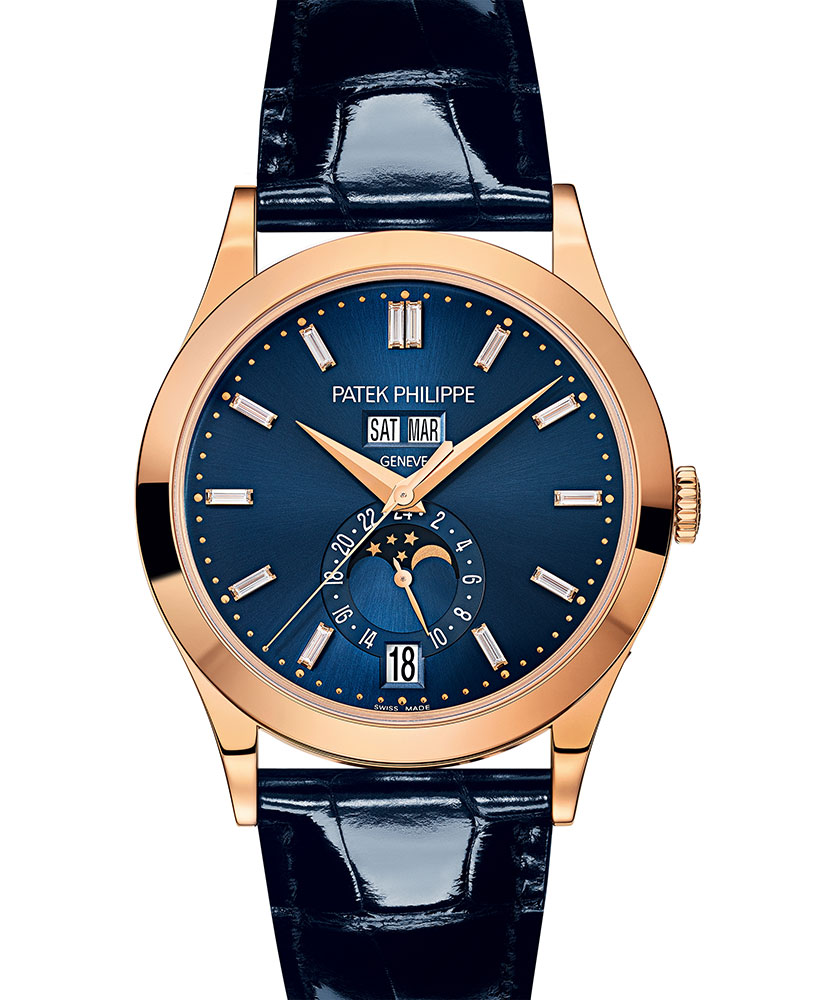
The annual calendar Ref. 5396R-015 with in-line apertures and a 24-hour indication.
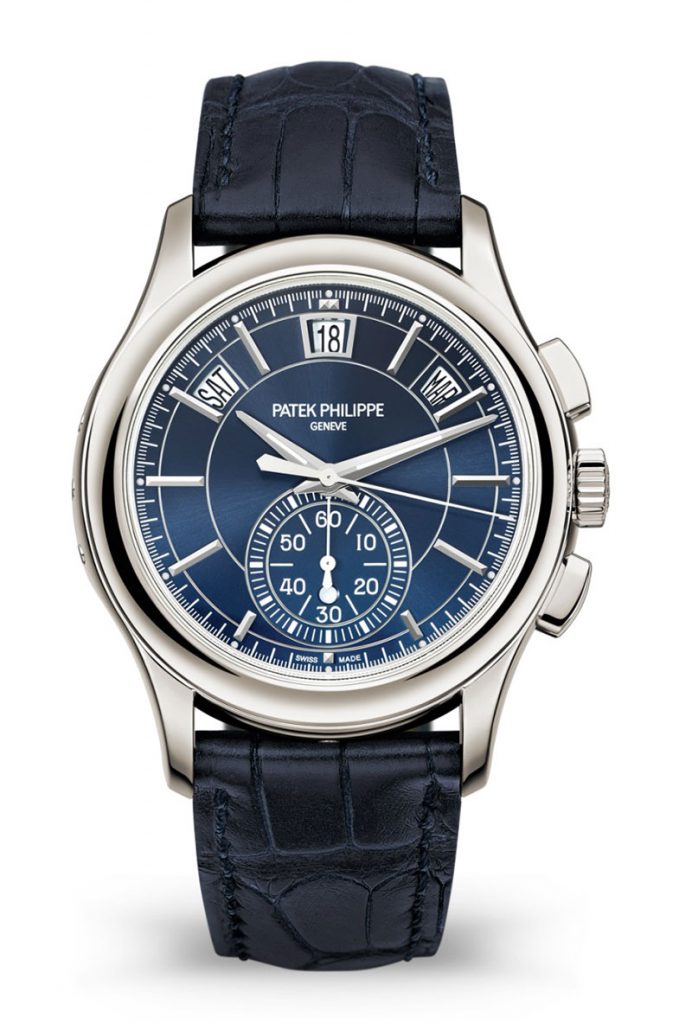
The annual calendar chronograph Ref. 5905P-001 with apertures displayed in an arc.
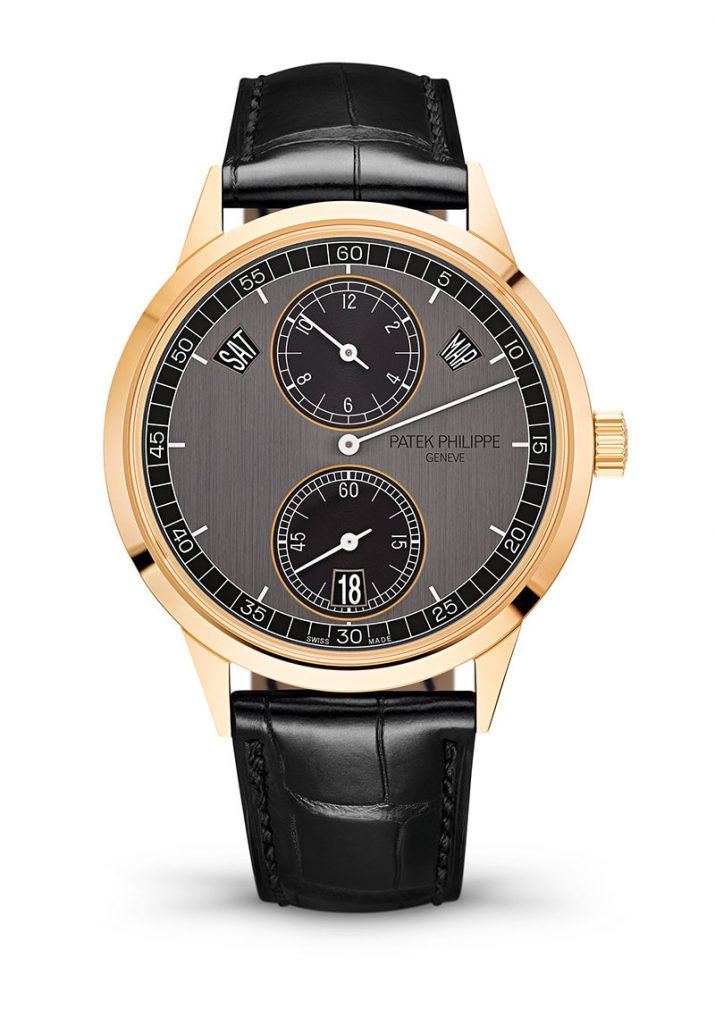
The Ref. 5235/50R-001 with a regulator-style dial.
Discover the Patek Philippe watch collections online or locate the nearest boutique for a visit.
Related read:
A Guide to Patek Philippe’s Calendar Complications (Part II)






